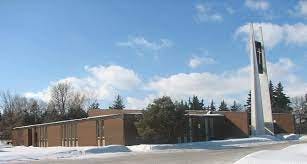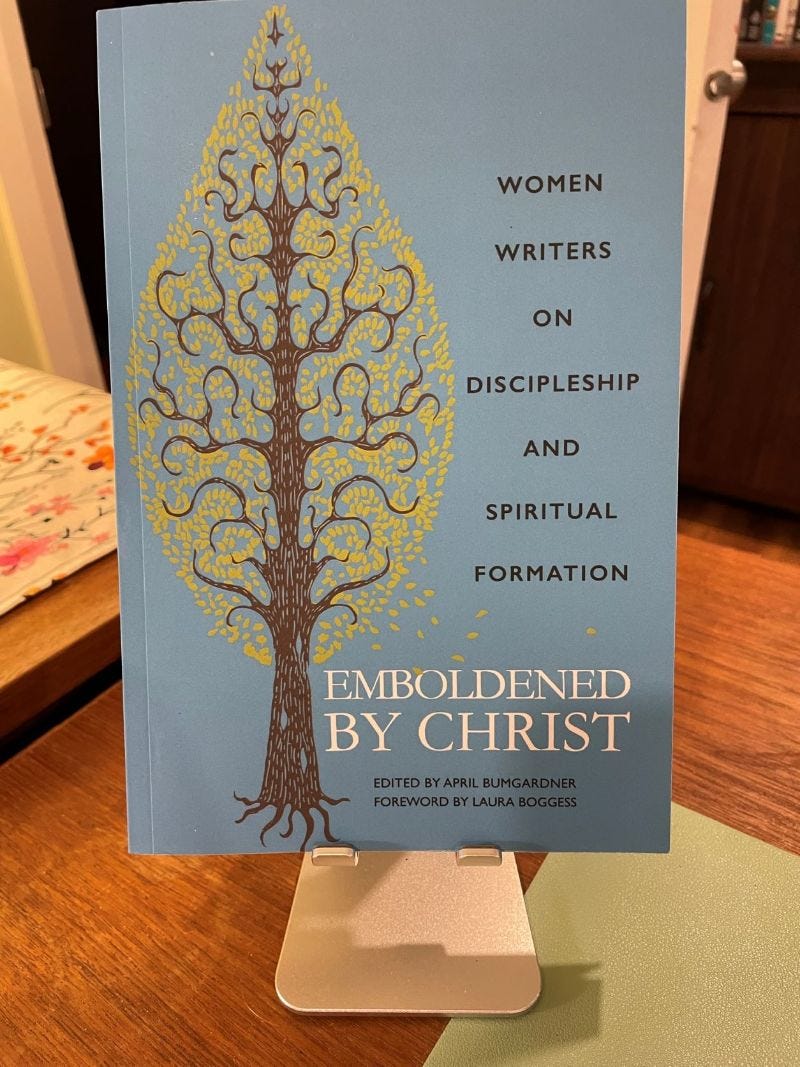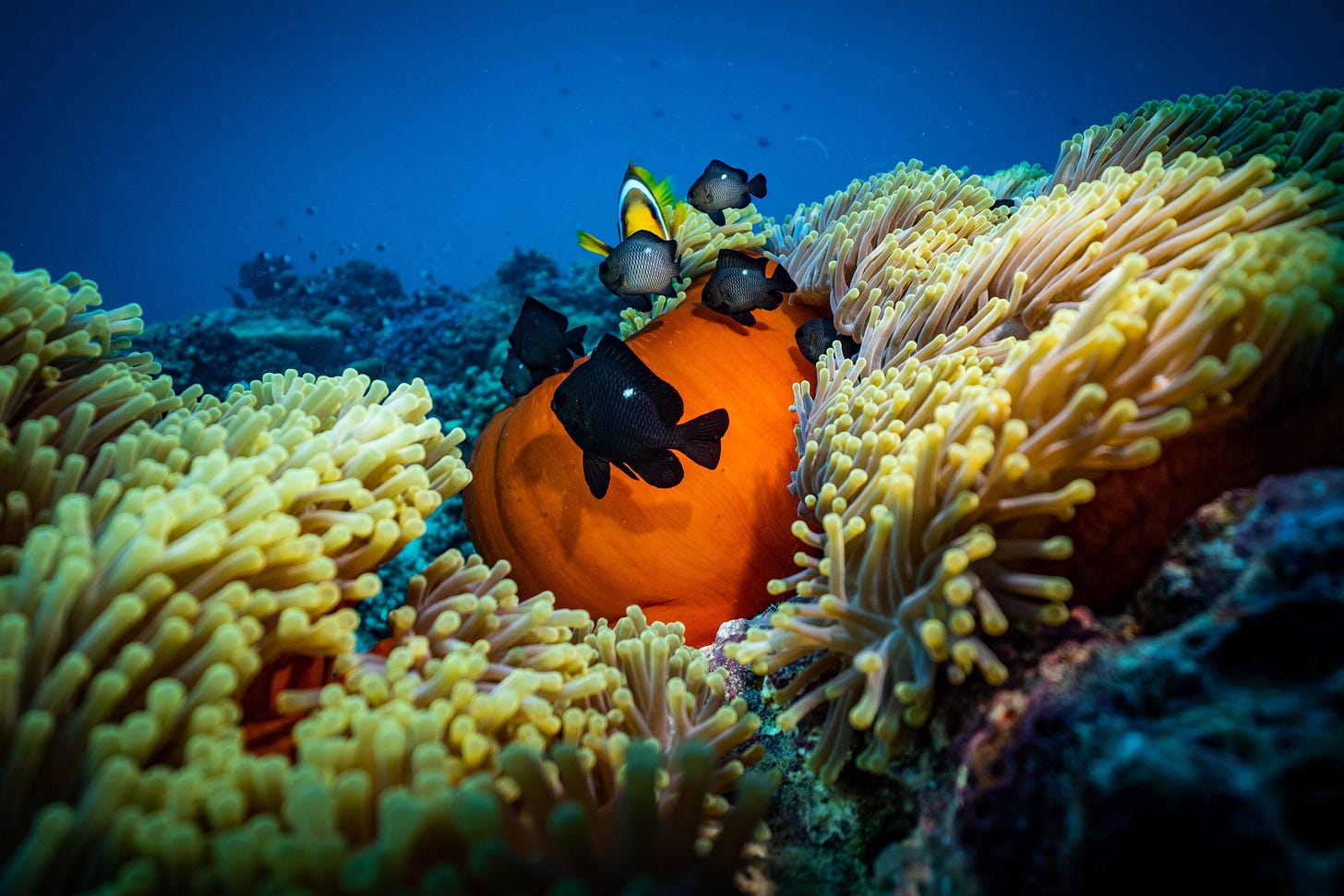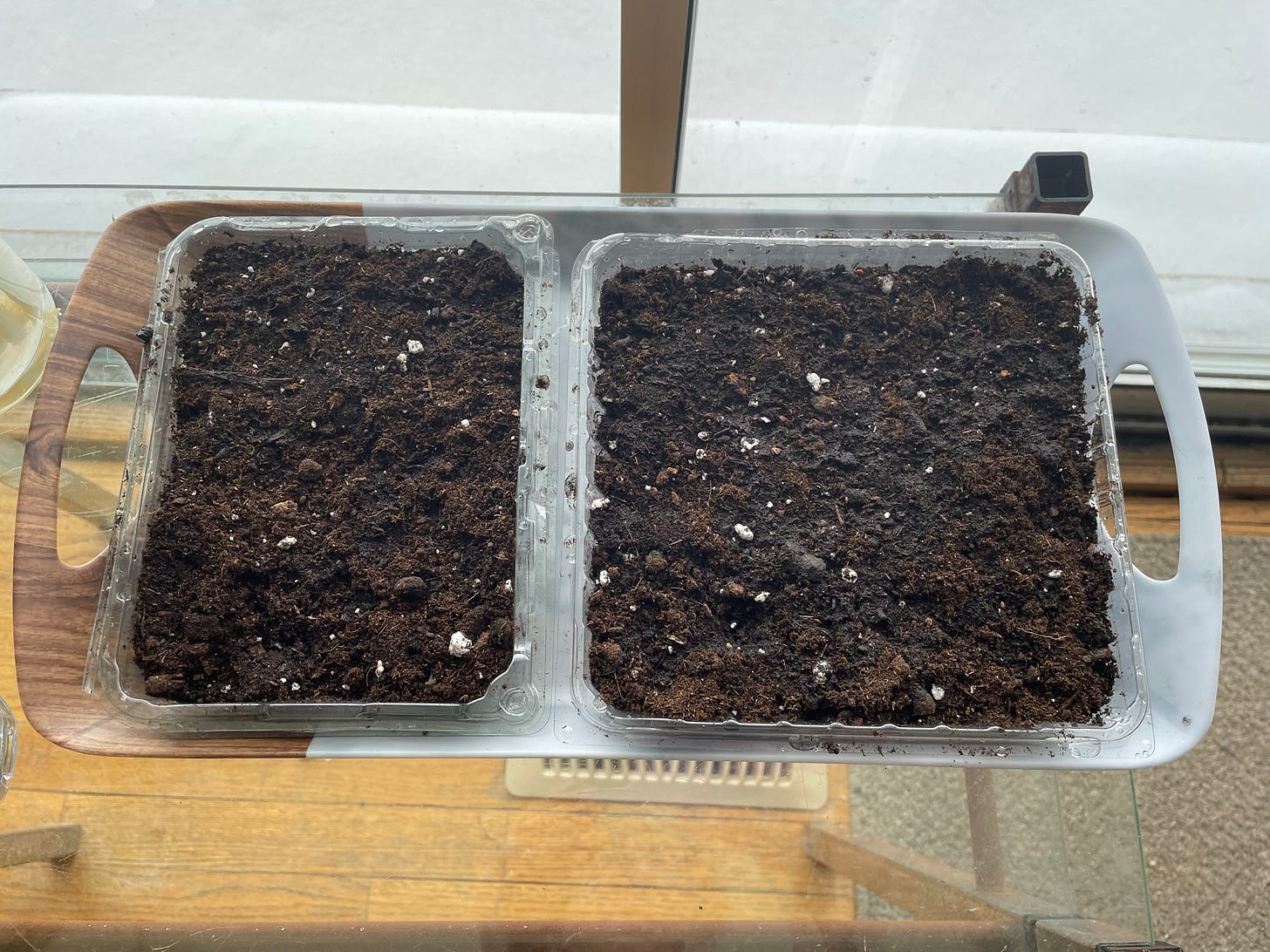Theological Reflection on COP15
The end of January is here! How was your month? What is one thing that you noticed in or about the Earth community in January? Share here: jessica@jessicahetherington.ca.
Last week, I invited you to explore the question of what discipleship means to you. A few of you responded:
“I think of discipleship as following Jesus; and, having made that decision to follow, a disciple is ready and willing to have their life changed and to grow as a result of that journey and relationship.”
“Spirituality and justice boils down to or is included in discipleship - (maybe another word is 'holy mischief' as noted in the TMX protest article). In truth these…words and the attendant [words of spirituality and justice] cause feelings of anxiety and overwhelmingness and engage[ment]…”
Thank you for these reflections! If you would like to add your own understanding of discipleship, please send it to me and I will include it (anonymously) in the following newsletter. jessica@jessicahetherington.ca .
BLOG POST: Review of Emboldened by Christ, edited by April Bumgardner
Find it here: https://jessicahetherington.ca/blog/
COP15: Summary and Theological Reflection
It seems to me that COP15, the 2022 UN Biodiversity Conference. held in Montreal in December 2022 (and chaired by China), received much less coverage in the news, especially when compared with COP27, the most recent climate change conference. Certainly, climate change is a bigger headline all around the world, as we careen toward global disaster due to fossil fuel and other greenhouse gas emissions.
However, the loss of global biodiversity is no less of a crisis for the planet, and is, indeed, complexly interwoven with global warming. We are in the midst of the sixth mass extinction period on the planet, the last one being the loss of the dinosaurs. Remember them? The extinction of flora and fauna around the world is having increasingly devastating impacts on the Earth community itself, humanity as part of that community, and on the global GDP. Due to the practices of global industry and agriculture, such as logging, draining wetlands, greenhouse gas emissions, and more, one million species are at risk of extinction every year.[1] This is a staggering figure.
The goal at COP15 was, among other things, to come to an agreement about how to stop the loss of global biodiversity, and begin to reverse the loss. Compared with the weak agreements achieved at COP27, COP15 was quite the success. A few key decisions were made:
A deal was signed to protect 30% of the planet’s biodiversity by 2030. Although this is not legally binding, governments will need to show their progress through biodiversity plans.
From The Guardian Weekly: “Indigenous peoples are mentioned 18 times in this decade’s targets to halt and reverse biodiversity loss…”[2] This is a historic precedent, recognizing the fact that Indigenous communities around the world, while representing only 5% of the global population, have been protecting 80% of the world’s species.
Further, the language in the final document recognizes the need for Indigenous-led conservation projects as the norm for moving forward.
There was agreement to reform the more than $1.8 trillion worth of environmentally harmful government subsidies that are given out every year. This would include, I presume, the fossil fuel subsidies handed out by the Canadian government.[3]
A requirement for large companies to have to disclose the risks, impacts, and dependencies on biodiversity of their activities. “If implemented, this could be the start of a significant change in business practices.”[4]
These are all laudable goals to set; I am especially heartened by the recognition of Indigenous leadership and practices regarding the protection of biodiversity. However, the big question remains: how will these agreements be put into practice, and how will they be monitored? We are already witnessing the fact that big governments and big industry are unwilling to significantly shift away from the status quo of doing business with respect to greenhouse gas emissions. What makes us think they will change their practices to protect and restore biodiversity? Let us note: The US was not a signatory to this agreement. So they don’t even have to provide biodiversity plans for their nation.
That said, let me offer a brief theological reflection on COP15. What I am reflecting on is the question of what worldviews are being presented in this agreement. I suspect that there were several worldviews operating at the discussion tables at COP15.
The predominant worldview at COP15 was the one in which nature is seen as largely separate from the human community, and comprised of resources that exist primarily for human use. The main concern in the agreement seems to be for the ways in which the increasing extinction threat is harmful to human beings; how it affects global GDP, access to food resources, and so on. In the summaries I have read, I haven’t seen much about what it means for the natural world itself that so many of its species are at threat of extinction. This is the status-quo worldview that is operative in the industrialized, global economy. It is this worldview that has got us into the mess we are in.
However, I think that there were other, more holistic, worldviews at the table, too. With 196 countries at the negotiating table, there would have been a wide diversity of definitions and understandings of concepts like ‘nature,’ ‘ecosystems,’ ‘biodiversity,’ and what it means to be human and to live in harmony with the natural world.
Most Indigenous communities that are leading the way in terms of conservation do so out of a worldview that emphasizes the interconnectedness of all within a single planetary community. Each Indigenous community holds its own distinct worldview, but the idea of interconnection is widely shared. So, given that the importance of Indigenous-led conservation was held up at COP15, we can see that there was more than one worldview at play in the meeting, and more than one worldview of the delegates doing the negotiating on behalf of 196 countries.
As I wrote about in my blog post, “The Role of Worldview in the Ecological Crisis,” (found here: https://jessicahetherington.ca/2022/07/22/the-role-of-worldview-in-the-ecological-crisis/ ), the way that we view the world has a direct impact on how we act in the world. A big reason why we are facing the sixth mass extinction on the planet, and out-of-control global warming, is because of a worldview in which human beings see themselves as separate from and superior to the rest of the natural world. This is a worldview that has emerged from a particular reading of Scripture, and so has deep religious roots, particularly within Christian traditions.
I think, then, that the hope of the COP15 deal lies in this question: To what extent will diverse worldviews of human-nature connection, such as those found in many Indigenous communities and elsewhere, become operative in moving toward the goal of 30% biodiversity protection, and more? Will we be able to move from a model that values the non-human world primarily for what it can offer to human beings, and toward a model of interdependence and interconnection of all in a wider Earth community?
Such a worldview is not exclusive to Indigenous lifeways. We need to recover and re-create such worldviews within settler traditions and lifeways, too. We need to imagine, in our local communities of faith, in our wider communities, and at global decision-making tables, new ways of being in relationship with one another, with God and with the wider world around us, if we are to move forward with the goals set at COP15.
We know that the status-quo way of doing things isn’t working. Let us recognize that the status-quo worldview isn’t working, either. If we change one, we can change the other. If we change one, we will change the other.
May it be so. Thanks be to God.
[1] https://thenarwhal.ca/topics/cop15-montreal-2022/?utm_source=google&utm_medium=cpc&utm_campaign=traffic&gclid=Cj0KCQiA8t2eBhDeARIsAAVEga0Ci8mo1Ls1lExTrlqSImGIO2lEtDxB4GEzB36eYhp5Y_QG90XsthEaArDPEALw_wcB. Accessed January 30, 2023.
[2] Patrick Greenfield, “A triumph for the natural world?” The Guardian Weekly, (23 Dec. 2022 Vol. 207, No. 26), 12. Print edition.
[3] An interesting article on environmentally harmful subsidies is found here: https://www.theguardian.com/environment/2022/feb/17/harmful-subsidies-why-is-the-world-still-funding-the-destruction-of-nature-aoe. Accessed January 30, 2023.
[4] Greenfield, “A triumph for the natural world?”, 12.
Discipleship in Action
The news about the ecological crisis, especially the climate crisis, can be overwhelming and discouraging; it is easy to feel that there is little we can do. This isn’t true! There is so much that we can do, concrete actions that we can take now, in response to God’s call upon us as people of faith. Here is one idea.
(the microgreens that I have just planted)
Plant Something
I know, I know: It is the end of January, and here in Ontario we are nowhere close to spring! But I’m not talking about getting out in the garden (I’ll talk about that in a few months). I’m talking about planting something indoors, in a sunny window. Seriously.
I have decided to try growing microgreens in front of the sunny screen doors to my deck. Microgreens are sprouts that you can sprinkle on a salad or put in a sandwich. Apparently, they grow very quickly and easily, and are a great way to add fresh veggies to a winter diet.
Planting something like this can have effects that can make this action one of discipleship: It can help us feel connected to the Earth community, even when so much is frozen and under a cover of snow. The mystery and wonder of God's good creation is present in the smallest of sprouts! It can also help us build up a sense of resilience and empowerment; it is an affordable thing to do in the face of rising costs of food (related to the climate crisis in numerous ways). Further, it can help us feel a sense of empowerment in a world that is leaving us ever more dis-empowered. The more that I read about the climate crisis and biodiversity loss, as well as other crises of the world, (such as the racist killing of Tyre Nichols in the US and the banning of Afghan women from universities), the more I feel called to do something constructive, something generative, as a way to ground myself.
Maybe you are feeling the need to do something generative, too. I invite you to plant something this week. Maybe it’s microgreens or herbs on a kitchen windowsill. Maybe it’s a spider plant, from a neighbour’s gift of a ‘baby’ from a mature plant. Maybe it’s an avocado seed with your kids, to show them the wonder of growing things. See how it feels! Planting something can be discipleship in action.
Have you or are you going to plant something? Let me know! jessica@jessicahetherington.ca
Upcoming Events
Preaching events coming up:
Feb 18, 2023 – Riverside United Church, Ottawa ON.
Feb 26, 2023 – Wall Street United Church, Brockville ON.
Details and links to be posted in the next newsletter and on my socials.
Contact
Any questions or comments? Things you'd like to see in this newsletter? I'd love to hear from you. Please go to jessicahetherington.ca, or email me at: jessica@jessicahetherington.ca.
Find me on social media:









